Did you know that Agriculture 4.0 is emerging as a technological revolution in Indian agriculture to reshape traditional farming practices? This paradigm shift involves the integration of cutting-edge technologies to enhance productivity, sustainability, and overall efficiency in the Indian farming sector.
During 2021-22, in the country’s total exports agricultural exports contributed to the tune of $50.2 Bn with a 20% increase from $41.3 Bn in 2020-21. In FY 2023, it is projected that the Indian agriculture sector will grow at a rate of 3.5%.
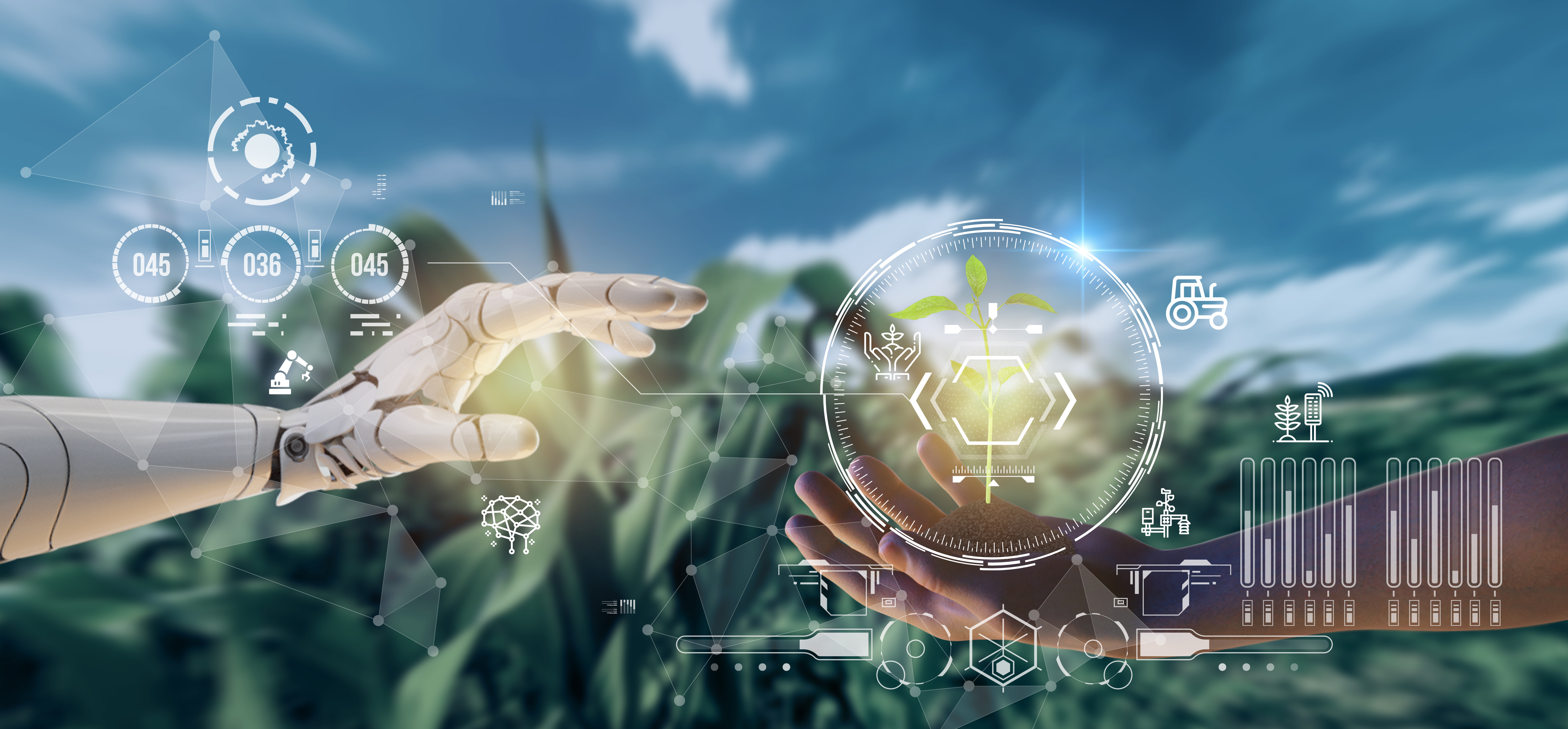
- IoT (Internet of Things) devices are being deployed across farms in India to collect real-time data on soil conditions, weather patterns, and crop health. This data is then analyzed to provide farmers with valuable insights, enabling them to make informed decisions about irrigation, fertilization, and pest control. By leveraging IoT, farmers can optimize resource usage and minimize environmental impact.
- AI (Artificial Intelligence) algorithms process vast amounts of agricultural data, offering predictions on crop yields, disease outbreaks, and optimal planting times. This empowers farmers to plan their activities more efficiently and mitigate risks, ultimately leading to increased yields and reduced losses.
- Robotics including automated machinery & drones are being employed for tasks such as planting, harvesting, and crop monitoring. These technologies not only alleviate the physical burden on farmers but also contribute to precision farming, ensuring that resources are utilized with pinpoint accuracy. This shift towards mechanization is gradually transforming Indian farms into high-tech hubs.
- Data analytics including Big Data provide actionable insights derived from the wealth of information collected through various technologies. Farmers can analyze trends, identify patterns, and optimize their practices based on data-driven decision-making. This data-centric approach enhances the adaptability of Indian agriculture, making it more resilient in the face of climate variability and market fluctuations.
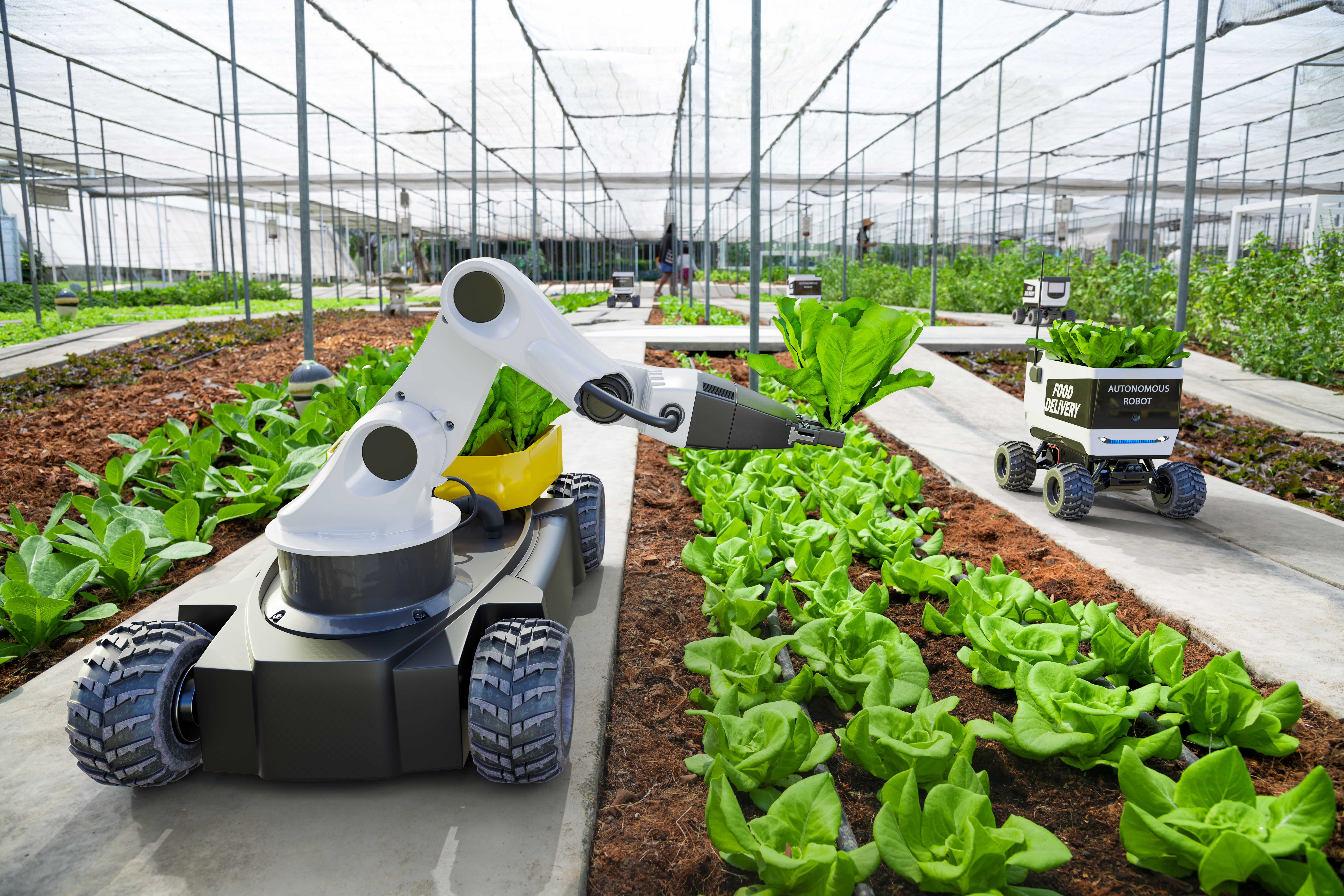
Conclusion
As Agriculture 4.0 gains momentum in India, there are challenges to address, including the digital divide and the need for widespread technology adoption. However, with supportive policies and initiatives, the potential benefits are immense – increased yields, reduced environmental impact, and improved livelihoods for farmers. The integration of IoT, AI, robotics, and data analytics is not just a technological evolution but a transformative force that holds the promise of a more sustainable and efficient future for Indian agriculture.
By providing farmers with the tools and knowledge needed to embrace technology, agribazaar is making its contribution to modernising Indian agriculture, fostering sustainability, increasing productivity, and improving livelihoods for the Indian farming community.

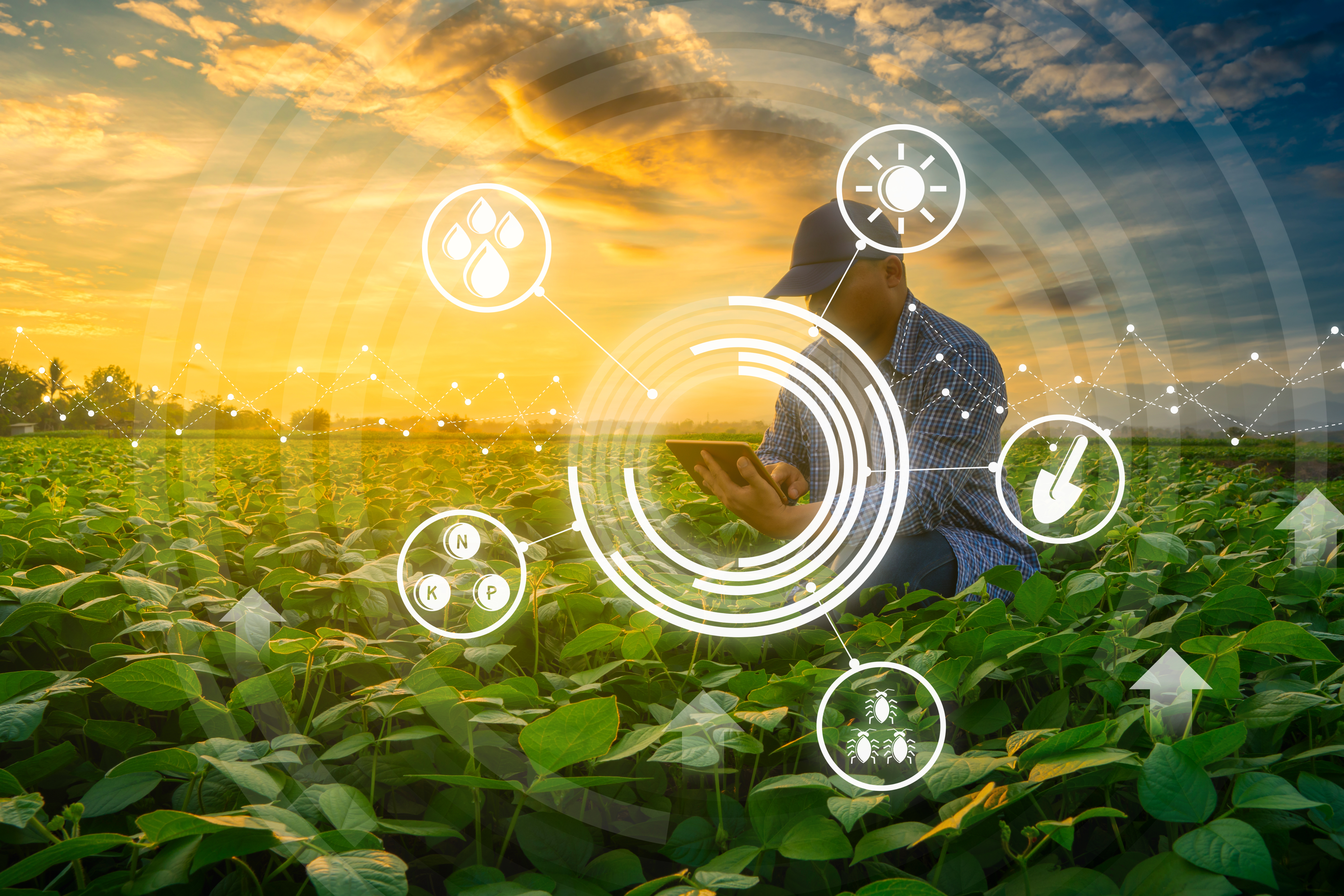
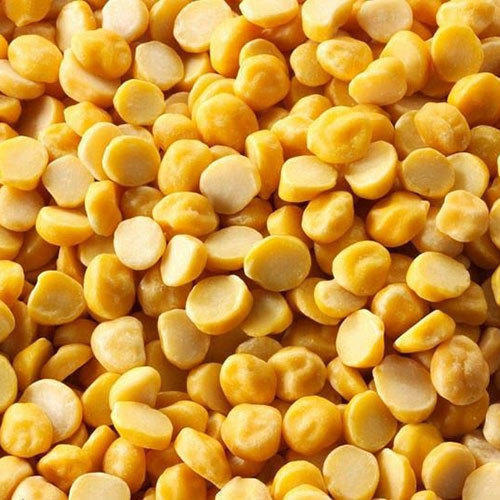
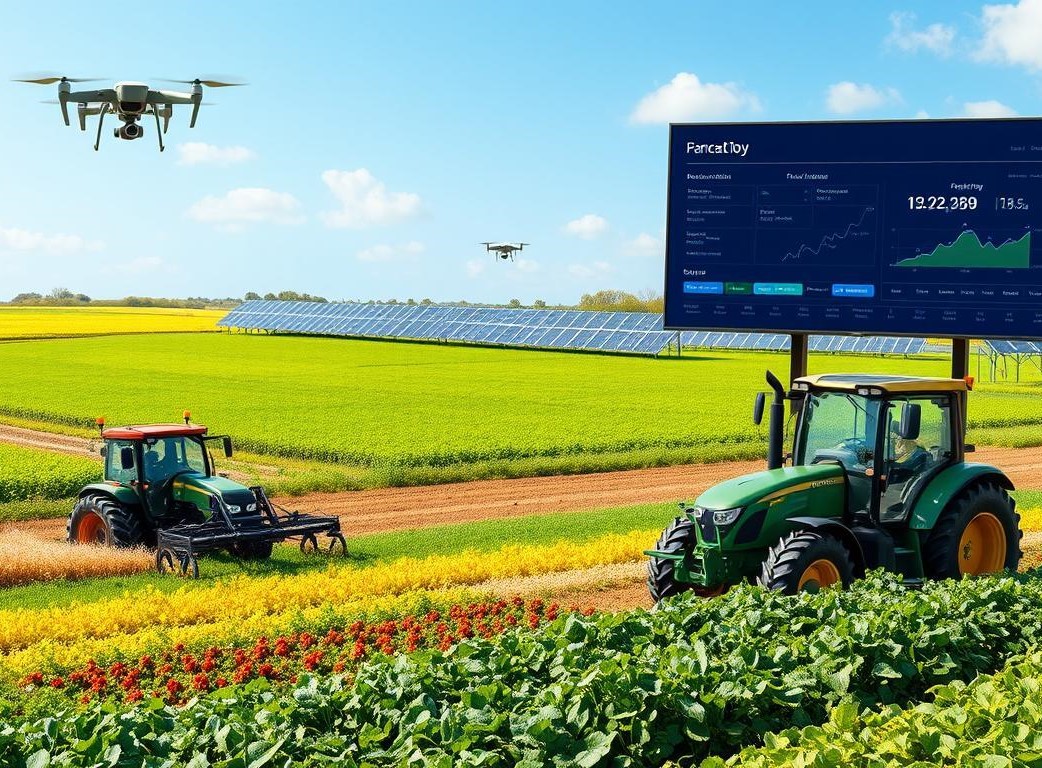



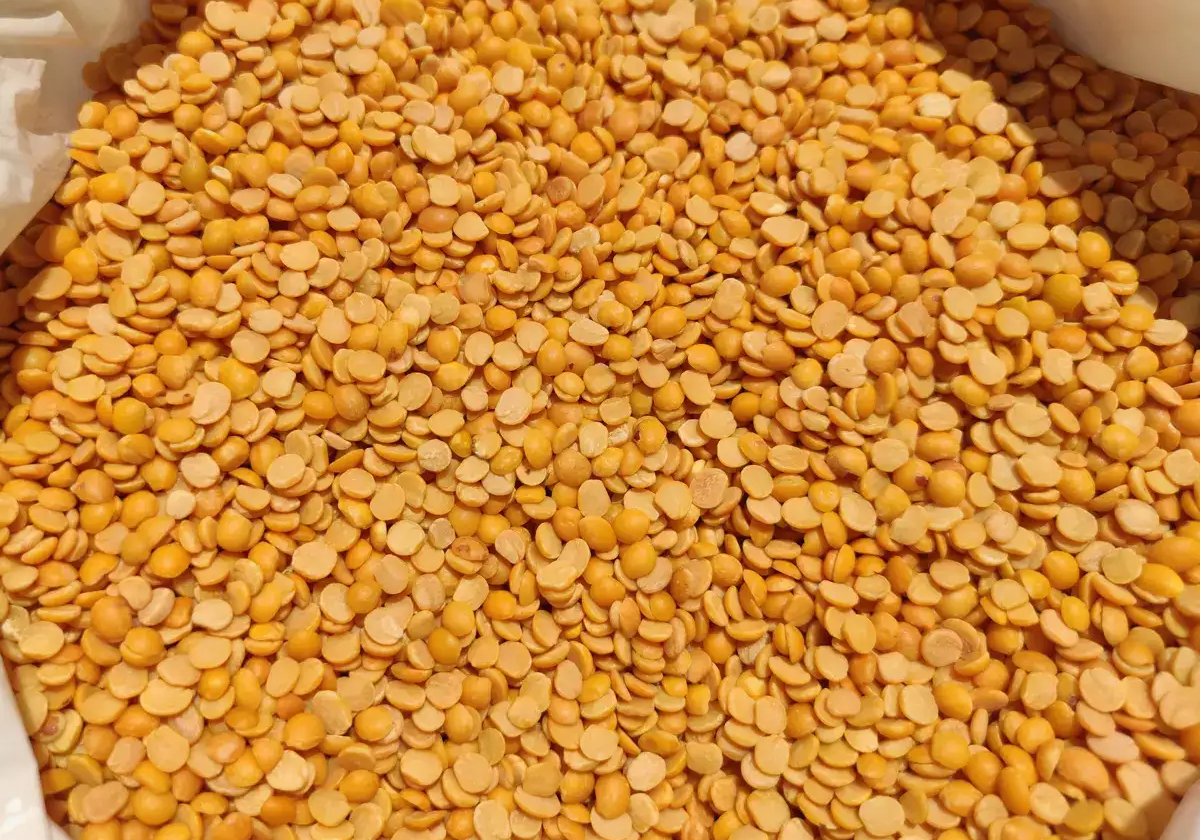
 Connect With Us
Connect With Us